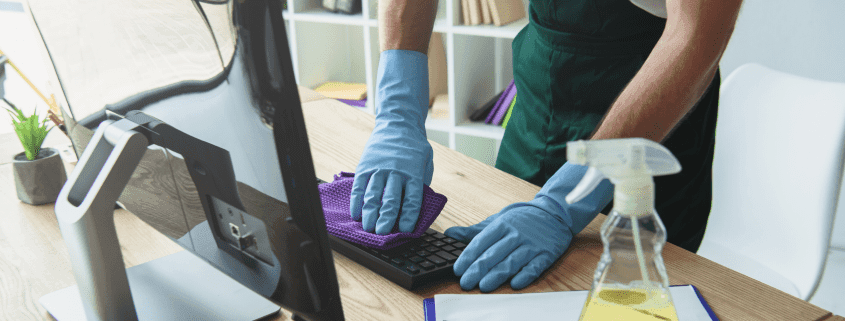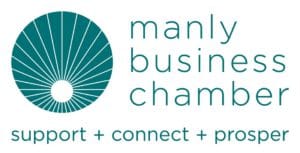Latest News
Have you ever wanted to volunteer? How about now? Optimal Recruitment has partnered with Manly-based charity Royal Far West to bring you some fantastic volunteering opportunities.
Founded in 1924, Royal Far West (RFW) connects children in remote and rural areas of Australia to the developmental and mental health and healthcare services they need. Today, RFW is reaching out for help from volunteers with expertise in a number of sectors.
If you have some time available, please read on. This is a great chance to give back to the community and make a difference to the lives of others. It’s also a chance for you to gain new skills and experience, expand your network and enhance your resume.
Marketing/ PR / Media / Fundraising and Events
- Media and PR Strategy: developing a grassroots community fundraising execution plan
- Video Content Creation: showcasing and promoting RFW fundraising initiatives
- Copywriting: website and community newsletters
- Fundraising Engagement Strategy: engaging local business
- Event Sponsorship / Partnership Strategy: enabling mutually beneficial partnerships
Tech / Finance
- Technology Maintenance, Processes and End-of-Life-Planning (CISCO)
- Corporate Governance: systems analysis and creation and implementation of corporate governance structures
Health Business Support
- Change Management and Communication: creation of a model for introducing change within the organisation
- Work From Home Model: design and implementation of a more effective framework
- Stepped Care: analysis of current position; improvements to service delivery
- Customer Journey and Internal Process Mapping: streamlining processes to ensure effective delivery
- Professional Online Training: design and implementation of clinical resources for teachers, parents and carers
To find out more about these opportunities, please send us an email or give us a call on 02 8416 4181. We would be happy to put you in touch with our contact at Royal Far West.
#we are all in this together
GENERAL INFORMATION ABOUT THE CORONAVIRUS
What is the coronavirus (COVID-19)?
The coronavirus is a virus that can pass from one person to another. It causes a respiratory illness called COVID-19. The first cases were reported in December 2019 in China, but people in many countries around the world are now affected.
What are the symptoms?
These include fever, coughing, sore throat, tiredness and shortness of breath. Symptoms can be very mild, but they can get worse and lead to serious breathing difficulties, pneumonia and death.
Who is at risk?
Anyone can get the coronavirus, but those most at risk include the following:
- The elderly
- Aboriginal and Torres Strait Island peoples
- People with chronic medical conditions, e.g. heart disease, diabetes, lung disease
- People with compromised immune systems, e.g. people going through cancer treatment
Also, people are more at risk if:
- They have recently travelled back from a high-risk country, such as China, Korea, Italy or Iran
- They have been in close contact with someone who has the coronavirus
How does the virus spread?
The coronavirus spreads from one person to another. You can get the virus when:
- You have been in close contact with a person who has the virus, even in the 24 hours before they start showing symptoms
- When a person with the coronavirus coughs or sneezes and you come into contact with the droplets
When a person with the coronavirus sneezes or coughs, some droplets might land on a surface or object like a table or doorknob. You can get the virus by touching these surfaces or objects and then touching your face.

Optimal Recruitment
Optimal Recruitment specialises in sourcing, screening, interviewing and shortlisting candidates for temporary and permanent roles on Sydney’s Northern Beaches, Sydney, NSW and Interstate. We deliver recruitment solutions on time and on budget.
Employers
Job Seekers
Optimal Recruitment
Contact Details
307 /20 Dale Street, Brookvale NSW 2100
02 8416 4181
info@optimalrecruitment.com.au
Our offices are a 400m walk from the BLine bus stop at Warringah Mall
 Optimal Recruitment
Optimal Recruitment














